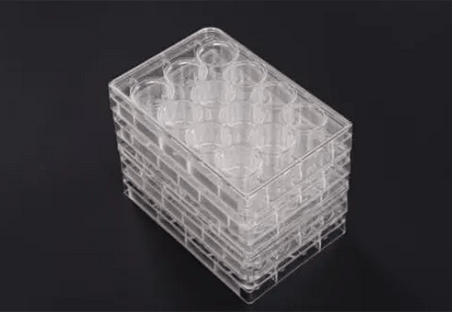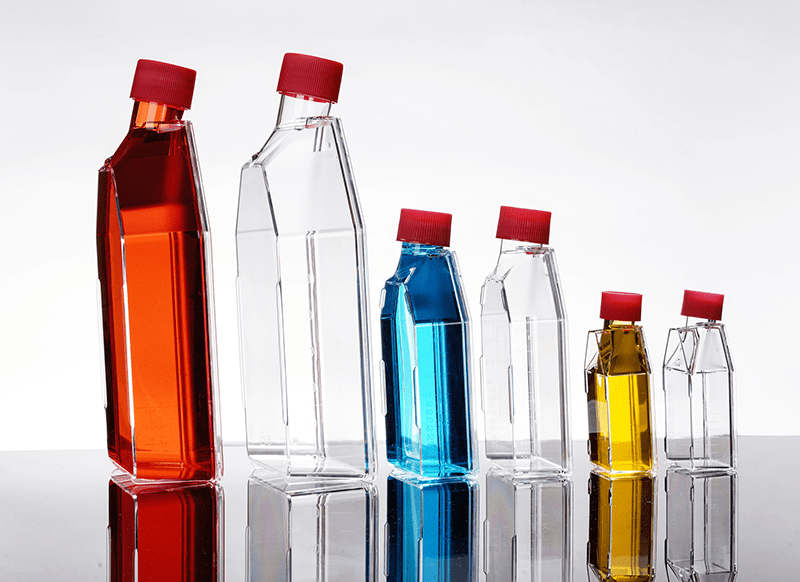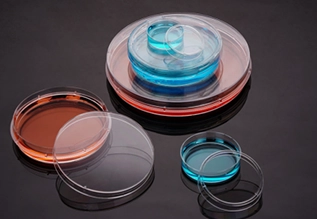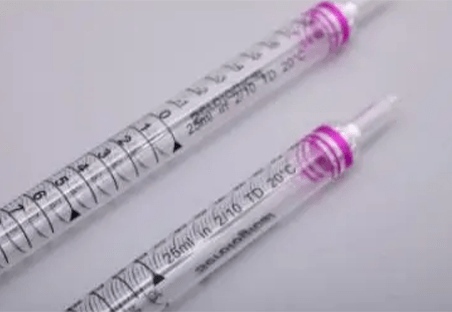Erlenmeyer flasks also called conical flasks, are indispensable in any laboratory. Because of their unique design and versatility, they are extremely useful for a wide range of scientific tasks. It is resistant to many acids, bases, and solvents without degrading. It is suitable for heating and boiling liquids because it can withstand high temperatures without cracking or breaking. It can withstand sudden temperature changes without breaking, making it ideal for transferring hot liquids to cold baths. Because of their versatility, durability, heat resistance, size variety, cost-effectiveness, and ease of cleaning, laboratory Erlenmeyer flasks are valuable laboratory tools. Their versatility and adaptability make them indispensable in any scientific setting, from research labs to classrooms and even at home. This article will introduce how to measure the volume of liquid in an Erlenmeyer flask.
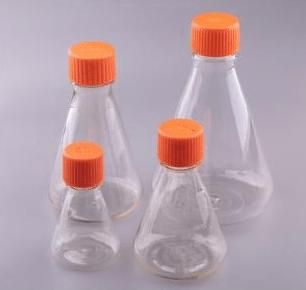
What Are the Methods to Measure the Volume of Liquid in an Erlenmeyer Flask?
Accurately measuring the volume of liquid in an Erlenmeyer flask is critical for many scientific experiments and everyday tasks. While it may appear simple, obtaining precise measurements necessitates the proper technique and knowledge of the tools involved. The two main methods for measuring liquid volume in an Erlenmeyer flask are as follows:
Method 1: Using the Flask’s Graduations
- Identify the graduations: Most Erlenmeyer flasks have graduations (numbered lines) on the sides. These lines represent the volume of liquid in the flask at that level.
- Hold the flask at eye level: Raise the flask to eye level so you can see the liquid’s surface and graduations.
- Read the bottom of the meniscus: The meniscus is the liquid’s curved surface where it meets the side of the flask. To accurately read the volume, you must read the bottom of the meniscus. Read the graduation line just below the meniscus if the liquid is concave (curved inward). Read the graduation line just above the meniscus if the liquid is convex (curved outward).
- Estimate for accuracy: Erlenmeyer flask graduations are not always precise, especially for smaller volumes. Estimate the volume between the two graduation lines based on the curvature of the meniscus for greater precision.
Method 2: Using a Graduated Cylinder
- Transfer the liquid: If your Erlenmeyer flask lacks graduations or requires greater precision, use a graduated cylinder to measure the liquid. Fill the cylinder halfway with liquid from the flask, stopping just below the desired volume.
- Read the meniscus: To determine the volume, read the bottom of the meniscus in the graduated cylinder as you did in the flask.
- Pour the liquid back: Return the measured liquid to the Erlenmeyer flask with care.
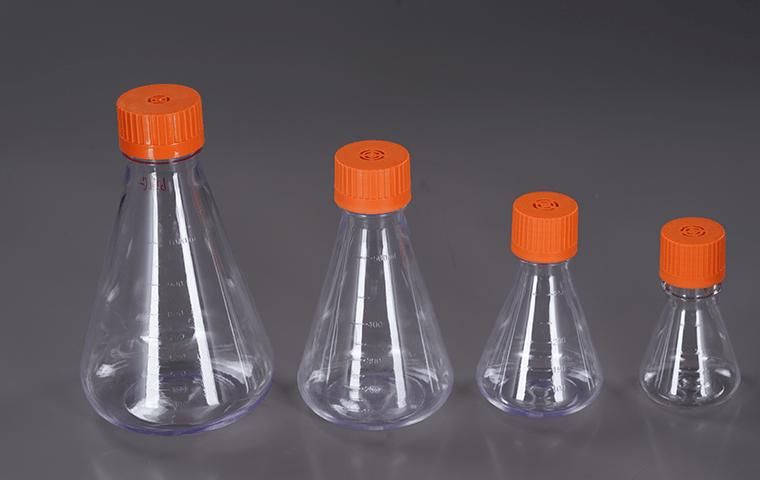
How to Measure Very Small Volumes in a Large Flask?
Measuring very small volumes in a large Erlenmeyer flask can be tricky, but there are several strategies you can employ:
1. Transfer Method:
- Use a graduated cylinder or pipette: Remove a small amount of liquid from the flask and transfer it to a smaller, more precise graduated cylinder or pipette. Select one with graduations appropriate for the expected volume, preferably down to microliters (L). While holding the smaller container at eye level with the meniscus, read the volume directly on it. If necessary, rinse the cylinder/pipette.
- Utilize calibrated droppers: If pipettes or cylinders are not available, consider calibrated droppers designed specifically for small volumes. These typically dispense fixed volumes per drop, such as 20 L or 50 L. Count how many drops are required to transfer the desired volume. Remember that droppers are less precise than other methods.
2. Indirect Measurement:
- Calculate from density and mass: If you have a highly accurate way of measuring the mass of a small volume of liquid (for example, an analytical balance), you can calculate the volume using the density of the liquid. Simply divide the mass by the density, which can be found in reference tables or calculated by hand.
3. Specialized Tools:
- Micropipettes: Consider using micropipettes for volumes in the microliter range. These are extremely precise instruments used to dispense small amounts of liquid. However, for accurate results, they require proper training and calibration.
- Volumetric flasks with dispensers: Certain volumetric flasks include built-in dispensers that allow you to precisely deliver small amounts of liquid. For precise usage, refer to the manufacturer’s instructions.
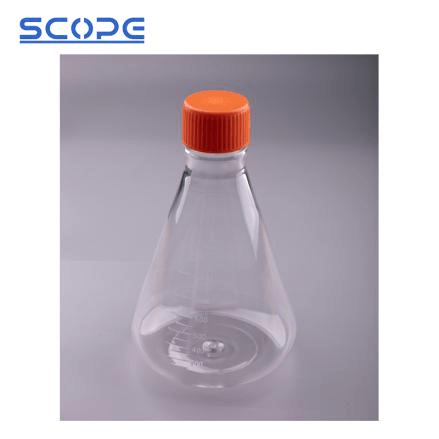
Tips for Measuring Viscous Liquids
Measuring viscous liquids in an Erlenmeyer flask can be tricky, but with these tips, you can tackle those thick and sticky fluids with ease:
Pre-Measurement Preparation
- Warm it up: Warm the viscous liquid gently before measuring it. This lowers its viscosity and allows it to flow more easily, resulting in a smoother and more accurate reading. Just make sure the temperature doesn’t change the properties of the liquid or cause it to react with the flask material.
- Coat the walls: Consider pre-coating the flask walls with a thin layer of a suitable solvent (such as the liquid itself or something compatible) if the liquid readily sticks to them. This reduces cling and ensures that all liquid flows into the measurement area.
Measurement Techniques
- Swirling and tapping: Swirl the flask gently to distribute the liquid evenly, then tap the sides to encourage any clinging droplets to fall. Rep to this procedure before taking the reading.
- Tilting and reading: Tilt the flask slightly and read the meniscus level at its lowest point quickly. This reduces the time it takes for the liquid to cling to the walls and results in a more accurate reading.
- Transfer method: Consider using the transfer method for very viscous liquids. Transfer the liquid with care to a smaller, more graduated container with a wider opening, such as a graduated cylinder. This makes the meniscus easier to see and measure.
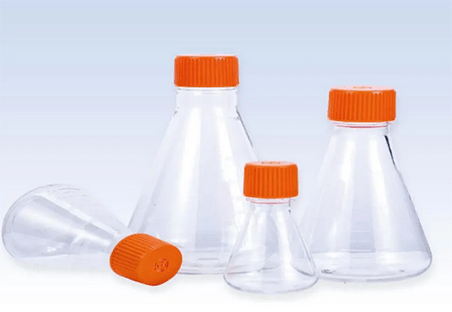
Conclusion
Precise volume measurements are critical in scientific experiments for ensuring reproducible results and drawing reliable conclusions. Laboratories can collaborate with reputable laboratory consumables suppliers. Accurate volume control is essential for data integrity and scientific progress, from preparing solutions to titrating chemicals. Learning how to accurately measure liquids fosters scientific understanding and practical skills that are useful in a variety of fields. It improves problem-solving skills, teaches critical thinking, and gives people the confidence to handle tasks that require precise measurements. By mastering this seemingly simple skill, you gain valuable knowledge and practical skills that can be applied in a variety of contexts, ranging from scientific research to daily life.
